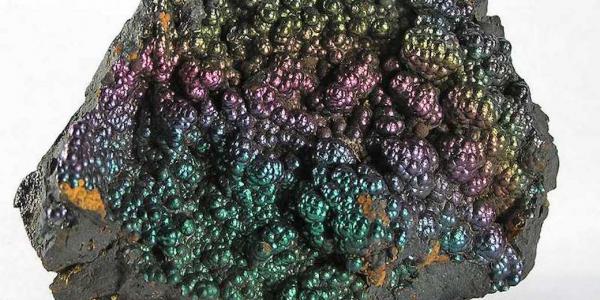The Reaction and Preservation of Organic Molecules on Goethite
Iron-oxidizing bacteria (FeOB) precipitate morphologically distinct and recalcitrant filaments. To investigate how these biosignatures are preserved over billion-year timescales, we have characterized the interactions that might occur between fluids, organic molecules, and minerals during burial. Goethite (α-FeOOH) has a profound effect on the hydrothermal transformation of the sugar model molecule cis-1,2-cyclohexanediol. Compared to water alone, the decomposition of cis-1,2-cyclohexanediol at 200oC is substantially inhibited in the presence of goethite. Although organic matter might be preserved within iron-bearing minerals, most FeOB filaments contain little kerogen, which confounds determinations of biogenicity. We have surveyed an outcrop in New River, AZ (~1.7 Ga) that contains sections of ferruginous chert. After obtaining optical thin sections of the unit, we observed helical iron oxide filaments that were consistent with descriptions of Gallionella ferruginea. We determined that such structures were inorganic precipitates with quantitative methods that included morphometric analysis and confocal Raman spectroscopy. These studies have illustrated the potential importance of iron-bearing minerals in sequestering and preserving biosignatures, although caution should be employed in the identification of microfossils based solely on morphology.
By joining department-hosted virtual colloquia, you agree to uphold our code of conduct for Zoom sessions.

